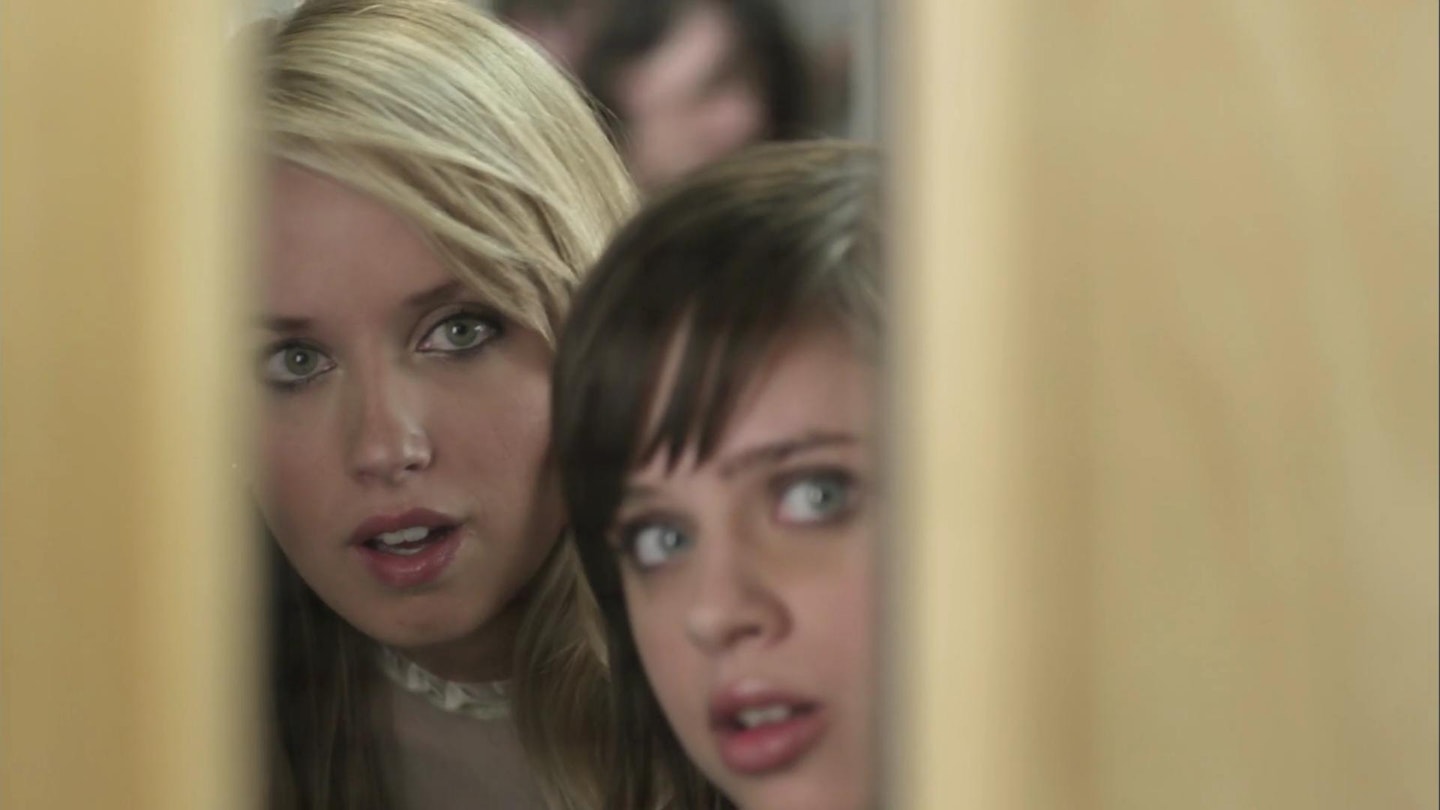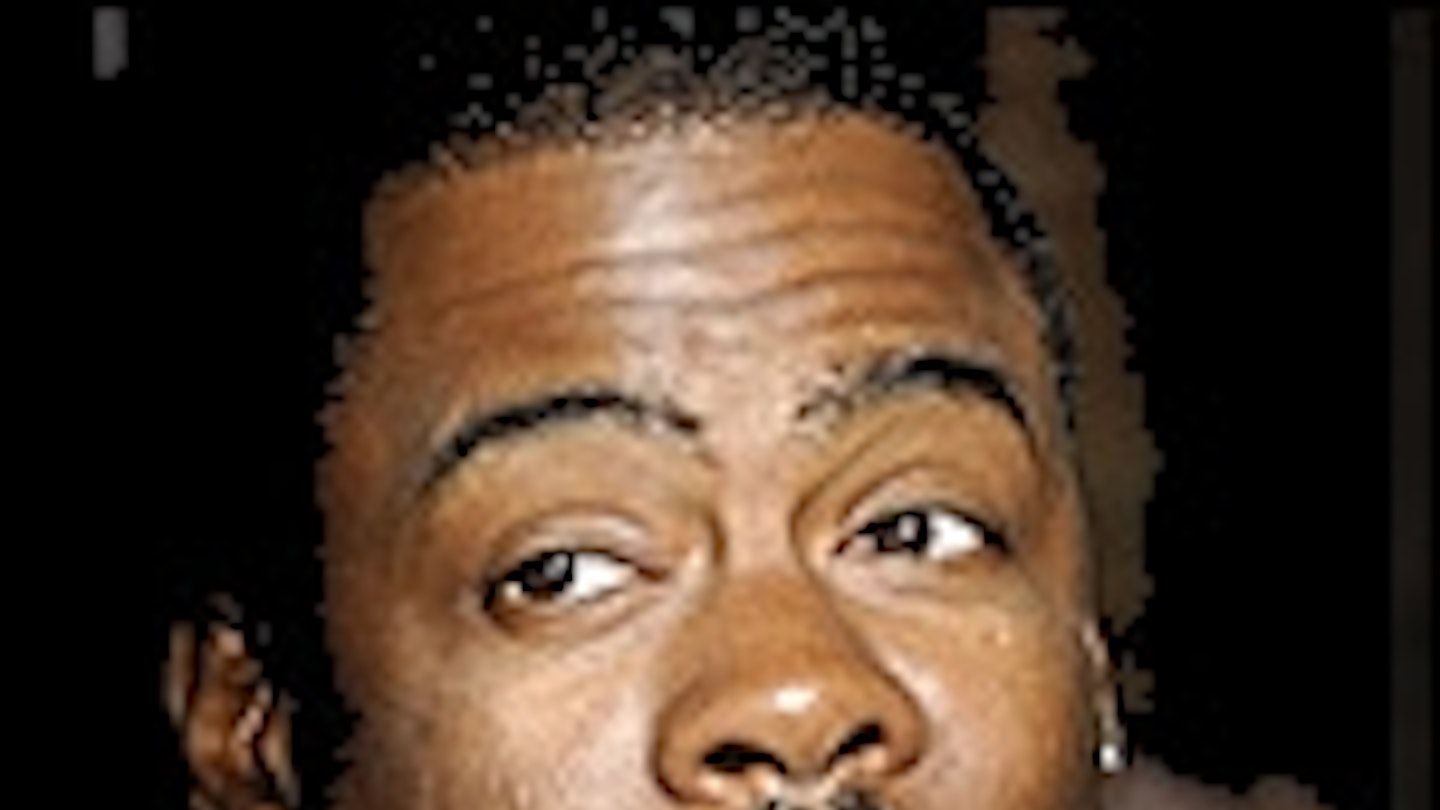Dante's Divine Comedy was a key influence on Akira Kurosawa's adaptation of Ed McBain's pulp thriller, King's Ransom. The Japanese title translated as Heaven and Hell and Kurosawa consciously used the film's structure and setting to reinforce the psychological and socio-economic links between the story's principal protagonists.
The initial segment was staged in Toshiro Mifune's luxurious house on a rock overlooking Yokohama, while the police pursuit of Tsutomu Yamazaki took place in the city below before finally descending into the labyrinthine alleyways of Chinatown. However, Kurosawa reinforced the contrast between the locations by varying his shooting style, passing from the long takes (with time shown as passing through a trio of wipes) employed inside Mifune's premises to the jerky movements of the tense train journey and thence to the abrupt, staccato sequences in which the detectives search for clues and finally apprehend their suspect.
Yet, Kurosawa wasn't simply shifting visual styles for atmospheric reasons. He also sought to challenge the audience by posing it an emotional moral dilemma before confronting it with the intellectual intrigue of a methodical police procedural.
However, he was also keen to utilise the comparisons between high and low, illusion and reality to suggest that, despite finding themselves on opposite sides of the law, Gondo and Takeuchi were surprisingly similar. This emphasis on deceptive appearance explains the constant references to cameras, binoculars, mirrors, spectacles, sunglasses and eyes, which culminates in the merger of the pair on the prison glass to show that all men are essentially equal and the only thing that really separates them are the choices they make in the depths of a crisis.
Superbly played by Mifune and Yamazaki and photographed with great virtuosity by Choichi Nakai and Takao Saito, this may not be one of Kurosawa's best-known features, but it's certainly among his most cinematic and satisfying.

